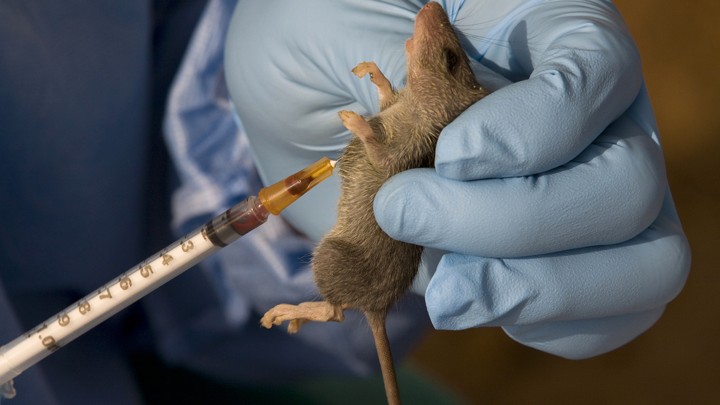
An ecologist extracts a sample of blood from a Mastomys Natalensis rodent in the village of Jormu in southeastern Sierra Leone February 8, 2011. Lassa fever, named after the Nigerian town where it was first identified in 1969, is among a U.S. list of "category A" diseases -- deemed to have the potential for major public health impact -- alongside anthrax and botulism. The disease is carried by the Mastomys Natalensis rodent, found across sub-Saharan Africa and often eaten as a source of protein. It infects an estimated 300,000-500,000 people each year, and kills about 5,000. Picture taken February 8, 2011. To match Reuters-Feature BIOTERROR-AFRICA/ REUTERS/Simon Akam (SIERRA LEONE - Tags: HEALTH SOCIETY ANIMALS) - GM1E72F07HC01
The Sokoto State Government says arrangements were on high gear to tackle the resurfacing Lassa Fever in some parts of the state.
The State’s Commissioner for Health, Dr. Ali Inname, said the state had made some preparations and deployed experts to sensitise people on what is needed to be done to prevent the disease.
He said the state government through ministry of health and other relevant agencies were doing everything possible to save people from the disease.
According to him, although, there is no reported case of lassa fever in the state but his ministry has stocked Personal Protective Equipment (PPE) drugs and other emergency response equipment.
He added that there would be wider lassa fever sensitisation campaign by health workers and jingles in the media for general public.
“We will also embark on a vigorous sensitisation against the disease in all nooks and crannies of the state,” he said.
The commissioner urged the public to report any suspected case to the nearest health facility for quick intervention.
He further advised them to keep anything consumable away from rodents.








